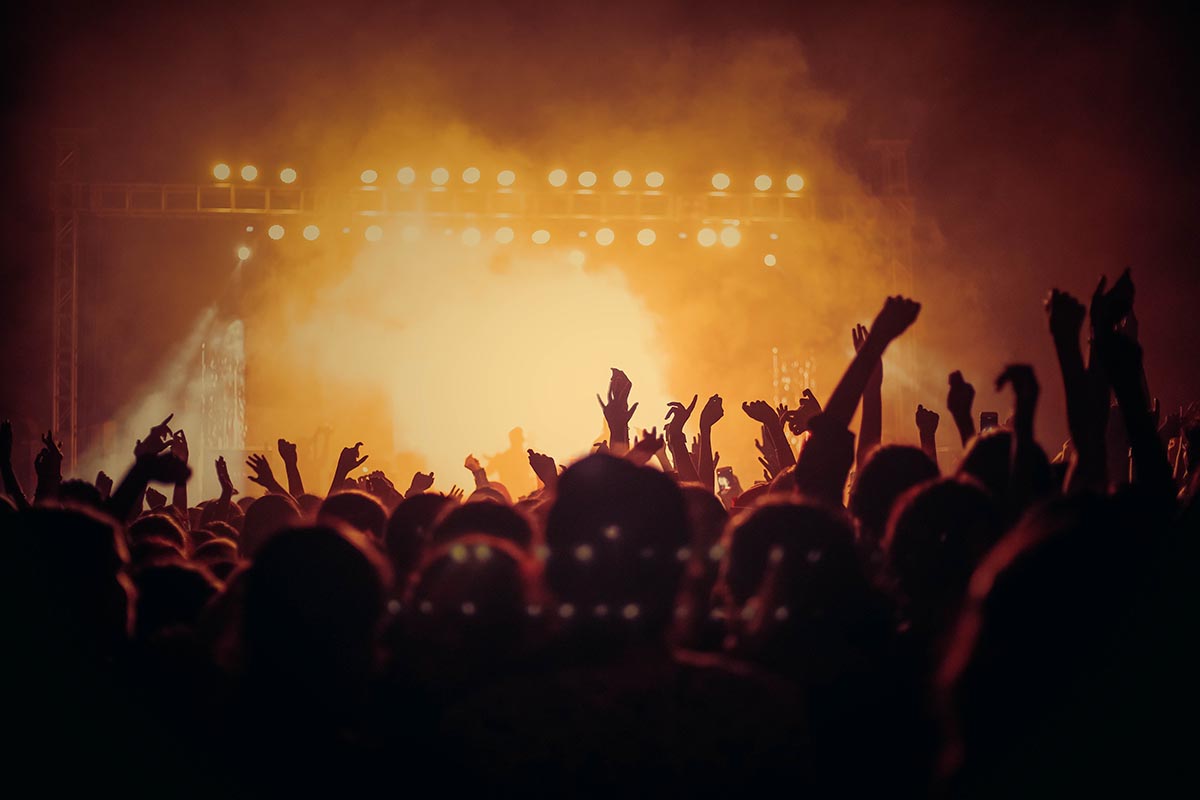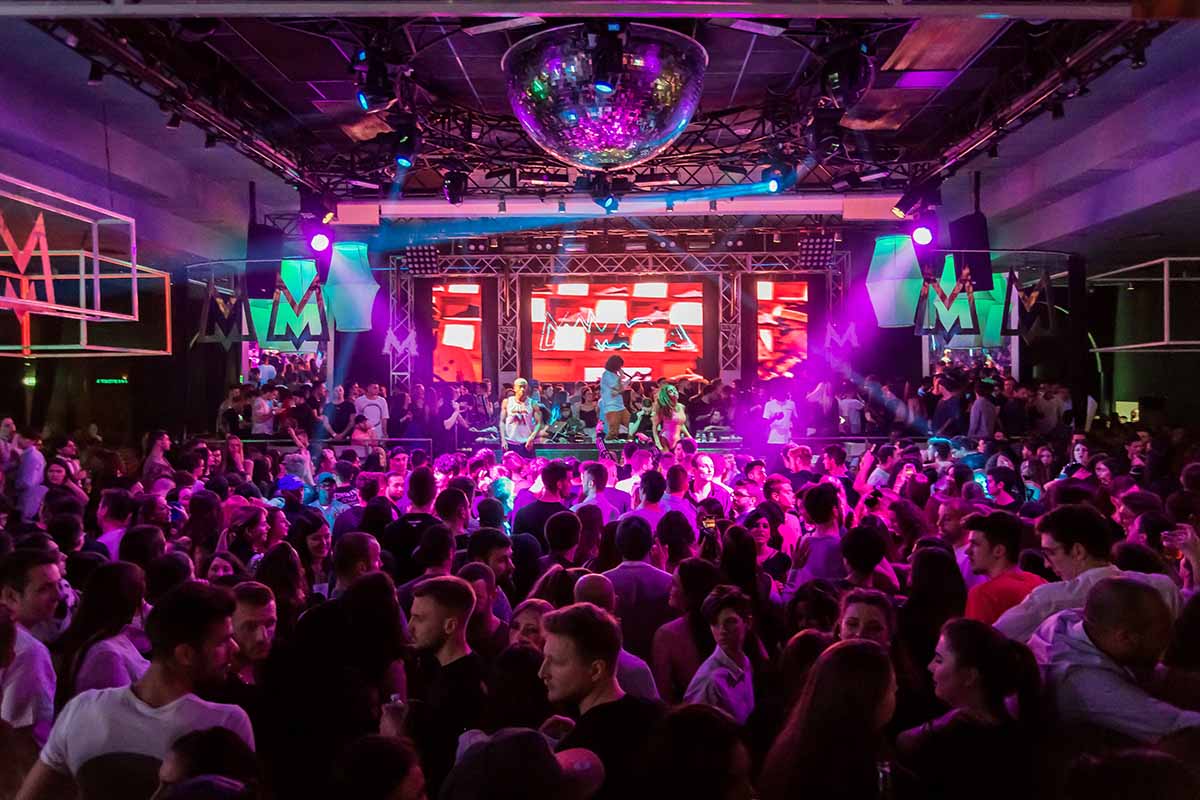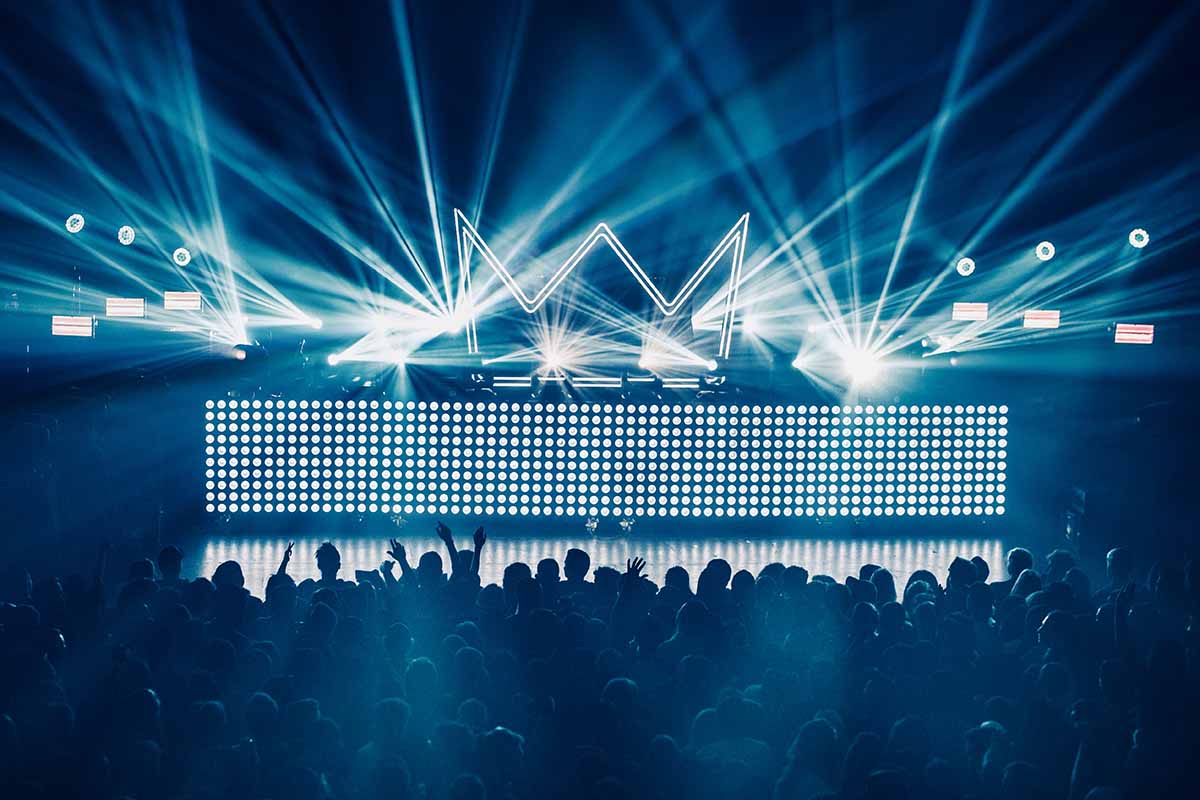Ways To Enhance Your Concert Stage Design
How many times have you attended a concert or a music festival? Between the flashing lights, performances, and loud music, how often do you pay attention to the small details? Probably never. We almost never realize just what it takes to put together a memorable show. From perfect lighting and powerful sound systems to managing the venue, there is plenty that the event management team has to think about.
Amongst it all, one crucial aspect that adds to the success of any concert is the stage. The stage is the focal point of the event— where singers, dancers, and performers put on their show and engage with the audience. While being put together, a concert stage seems like a simple task, but there is plenty to consider.
Event planners must constantly innovate and think of ways to make concert stages bigger, better, and more exciting for an unforgettable experience. If you are a stage technician or want to learn how to enhance stage design, here is everything you need to know.
In concert stage design, one of the critical elements that can significantly elevate the visual and spatial dynamics of the performance is the strategic incorporation of stage railings, seamlessly blending aesthetics with functionality to create a dynamic synergy that captivates both the performers and the audience.
By thoughtfully integrating stage railings into the design, not only does it provide an enhanced sense of security and accessibility for artists, but it also serves as a versatile canvas for innovative lighting effects, multimedia displays, and interactive elements, thereby transforming the stage into a multi-dimensional spectacle that amplifies the overall impact of the musical experience, making it a visually stunning and immersive journey for concert-goers.
Keep it clean and clutter-free
When building a concert stage, let your creative juices flow and put together different elements and visual concepts in order to make it stand out. However, it would help if you remembered that the crowd’s attention should be captured by the performers and the design elements you have curated. It should not get distracted by the mess made by the different equipment.
This typically includes cables, leads, audio and visual equipment, and more. Nobody wants to see a cluttered stage because it takes away from the entire concert experience. Keep your cords organized to keep the stage neat and free from clutter. You can use a stage cable cover that not only conceals them but also keeps them safe. You can also play around with lighting to keep areas with equipment placed dim and out of the crowd’s view.
Focus on the audience’s view
You can put together a big, grand stage with over-the-top theatrics and elements, but if your audience is unable to see it all clearly, there is no point. Having said that, when you are in the process of designing a concert stage, pay attention to how your audience will be able to see the performances better. Study the venue and check to see if it’s built on an incline or flat.
You should also fully understand the goal of the concert and the potential turn-out. If you have a small venue, you can go for a 360-degree stage that feels intimate and close to the crowd. If you are entertaining in large numbers, you can go for a wider stage or create an extension ramp that leads into the audience. There are plenty of options, but the critical part is prioritizing the audience’s perspective.
Get creative with the lighting
When it comes to concert stage design, one of the most crucial elements is the stage lighting. It is also an area where planners and technicians can get creative and come up with something extremely captivating.
When it comes to creating ambient lighting, you should start by putting up standard fixtures and stage lights, but to take things up a notch, there are plenty of stage lights to choose from. You can put together LED lights, atmospheric lights, strobe lights, or even simple fairy light strings that respond to the beat of the music.
Depending on the type of concert you are hosting, you can use different combinations and techniques to make the entire experience stand out. These should align beautifully with the music on stage to keep the audiences enthralled throughout
Concert Stage Design: Parting thoughts
Putting together a concert is an elaborate and detailed task that requires proper planning and execution. There is plenty of work that goes into the smallest of details, but undoubtedly it is the stage that requires the most attention. In order to set the mood and give the audience their money’s worth, you need to be able to design a unique and exceptional stage.
We also recommend always following the necessary health and safety measures. Once you cover the basics, you can take things to the next level by keeping the stage clean, ensuring that the audiences get the perfect view, and by using ambient lighting to bring it all together.




















